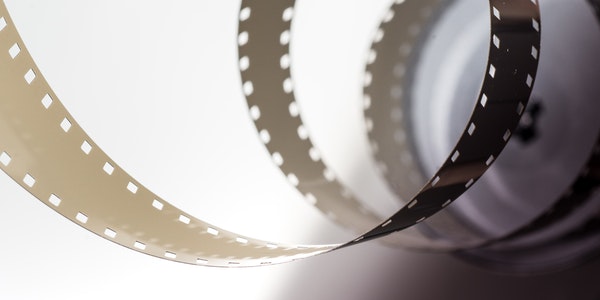Table of Contents
Basic Principles of Lighting
Light can be projected to the scene in many ways. It can create a variety of atmospheres. The photographer’s task is to choose the lighting method that is most suitable for expressing the story content.
Naturalism pursues natural light and logically arranges lighting sources in the scene. It’s also often called motivational lighting. For example, when shooting a scene where two people are facing each other in the outdoor sunlight, if one person is backlight, the other person must be backlight.
Artists believe that if they want to get a more satisfactory picture, they will allow the angle of light to go against this logic. In the above example, both of them can be backlight, because the visual effect is good, although it is not true.
Factors Affecting Lighting Style
Director or plot needs
budget
Photographer’s personality
Lens and lighting
Continuous development of film technology
For example, high-speed film and high-speed lens require less light. They can use soft diffuse light, or they can use the actual light source on site. They can also make use of the existing light, i.e., the street lights at night.

The Work of a Photographer
Ask the photographer to simulate a specific event of the day according to the story.
What are the different visual effects of the day? Morning, morning, noon, afternoon, evening / sunset, evening and night.
What about the color of the light?
What is the texture of light?
What is the intensity of the light?
What’s the direction of the light?
Lighting: the Function of All Kinds of Light
The function and direction of light
Five basic positions and functions of light
Its function can be seen from the location name
The name of light does not mean the softness and size of light
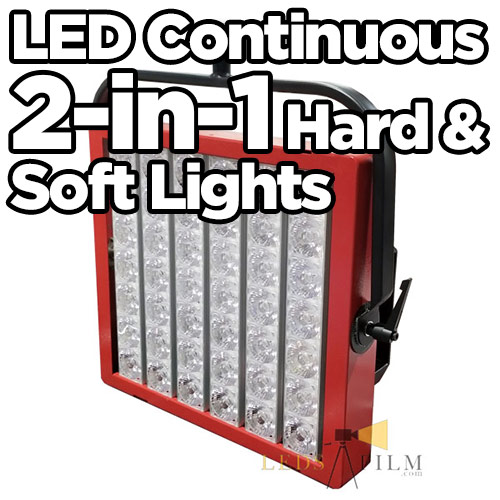
Basic Lighting Arrangement
1. Main light
The dominant main light source, use it to create the main effect.
It usually determines the characteristics and atmosphere of the scene.
2. Auxiliary light
Illuminate the shadow area of the character or scene, so that the effect of the film is closer to what the eyes “see”. At the same time, it depicts the performance of ambient light.
Establishing light ratio… “Auxiliary light to main light plus auxiliary light” ( 2:1, 3:1, 4:1, 6:1, Etc.).
It can also be used to keep the scene dark or light up the shadow to determine the atmosphere of the scene. These changes can help to suggest the time of day and the natural fidelity of the scene.
Auxiliary light is usually a large soft light source, so there is no annoying shadow. Double shadows are absolutely avoided for good photographers.
Usually, the auxiliary light is close to the camera lens, although the reflector is often used now, which is placed opposite to the main light to reflect the light to the shadow of the subject.
3.Backlight
The purpose of any backlight lighting is to separate the subject from the background.
It is located in the rear of the subject and outlines the top and sides of the subject with light.
Edge contour light
Placed behind the subject, slightly to the left or right.
In this way, a thin contour line can be given on one side of the surface of the object.
Silhouette eye light
Light the face of the subject from the direction of the camera to make it glossy.
Sometimes instead of auxiliary light, it is used to illuminate the shadow part of the face.
Linear contour light
It is basically similar to the contour eye light, but the light position is more forward and does not produce luster.
Glow
Most of them come from the side, and produce a small amount of glow in the shadow part and face, but they will not produce shadows themselves.
No highlights or silhouettes are produced.
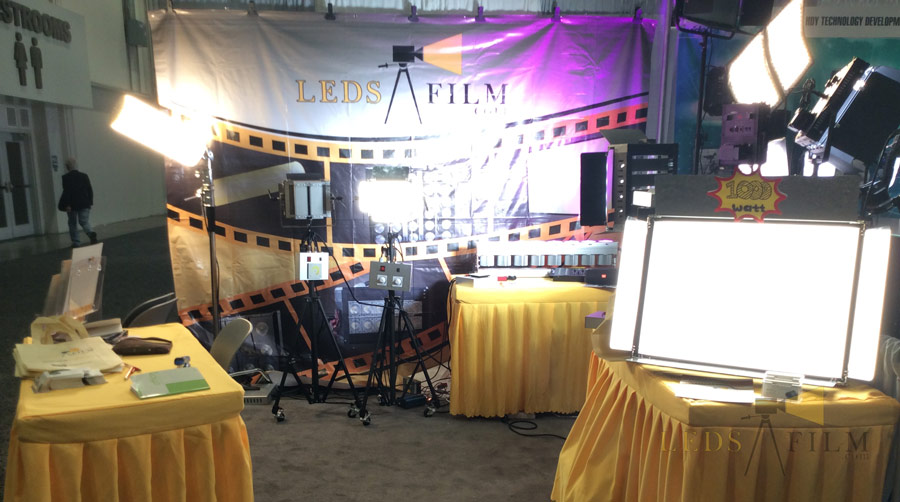
4. Background light
It emphasizes the area behind the subject to produce the effect of distinguishing foreground scenery.
Usually, the background is darker than the subject.
5. Special light source
Top light
Placed above the top of the subject, it can produce a heavenly or sacred effect.
Eye light
Used to highlight highlights or flashes in the eyes to produce different emotional effects.
Always on top of the lens.
Usually, it is a light source with good or weak scattering.
Costume lighting
It is used to emphasize some parts of the subject’s clothing rather than the character itself.
Highlight lighting
Used to highlight a part of the scene or background to distinguish the surrounding environment.
Lighting: Direction and Atmosphere
The angle of the main light source is the key to show the atmosphere and characteristics of the scene. But it doesn’t determine the texture of light.
***Conventional main light source – Generally, it points to the top of the 30-45 degree angle on the side of the subject.
***Low angle light source – Usually hit under the subject’s cheek, can produce mysterious “vampire” effect, or give a very beautiful, sexy appearance.
***Side main light ( 90 degrees) – Shooting from one side of the subject can produce a sharp, dramatic effect. Sometimes it’s called cold light “hatchet.” light” ( This is because it can make the outline clear.) It was used in Clint Eastwood’s films, where there was little or no auxiliary light. Light metering can also use soft light, which can produce a very natural effect.
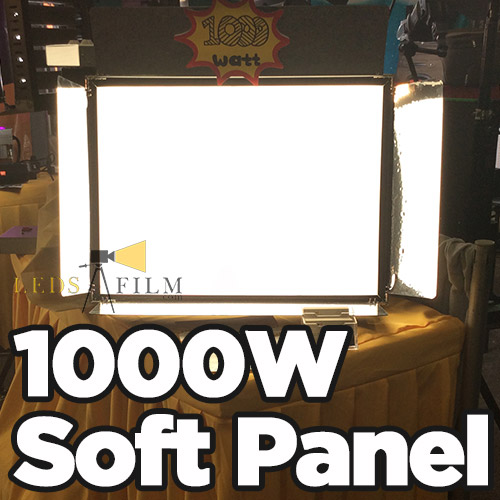
***High angle main light – Also known as top light, when the subject looks down, it can produce the effect of fear and emotion. When the subject looks up, it can give the effect of heaven. Gordon Willie popularized this lighting method in “Godfather”.
***Far side main light – ( The main light source is placed on the side of the far end of the nose of the subject. Except for the eyes, other parts of the face are in the shadow.
***Main light of ear side – ( It’s also called Kuan Kuo Guang It is placed on the ear side of the subject close to the camera so that there is only partial shadow on the front of the face.
***Butterfly light – The main light source on the high angle front can create “Butterfly” shadow under the nose of the subject. It can reduce wrinkles, double chin, big nose, and also emphasize the subject’s cheekbones. This is a typical Hollywood “beautification lighting”.
Lighting: Creating “visual effects”
There are two basic techniques to simplify this process:
Motive lighting
It asked us a question: “where does the light come from? Can I adjust the light source?” A key to natural lighting is to understand and simulate how light reflects from the surface of an object and ejects in an area. It’s a good connection to observe the effects of natural light and then try to reproduce them with your own lighting.
Lighting plane
It refers to how and where light is distributed on different planes of a three-dimensional object, room or location, through which depth can be obtained.
Extreme change:
Fine and thick
High key and low key
Reality and fantasy
Dynamic use of color and non use of color
Hard light and soft light
There is much to be said about the style and texture of these two kinds of light. Generally speaking, hard light can produce dramatic and textural effects, and the area of light can be easily limited. Soft light can more beautify people of all ages, more romantic, beautify the task, but it is difficult to control part of the light scattered on the wall and not needed.
High profile lighting
Make the whole image full of bright feeling, only a very small area of dark black. This kind of light has a strong bright effect, and even illuminates the subject and the background.
Low key lighting
Because Rembrandt and Caravaggio are widely used, they use the contrast between highlights and shadows to enhance the depth of their paintings. The subjects in their paintings are often clear highlights compared with the dark background. This style of painting is known as “chiaroscuro” chiaroscuro Style, usually make a composition of each light surface and background contrast. In Italian, chiaro means clear or bright, while Oscuro means dim, ambiguous or dark.
Window light ( Large area, soft, single direction)
It can be obtained by scattering light from large areas or reflecting light with foam plates or reflectors. The Dutch painter wilmir in his paintings is the performance of this texture of light. The light is softer, but the direction is strong, and the light source can be adjusted and moved accurately according to the position of the window. It’s not very bright or very dark.
Cross inverse main light source
It is very effective when using two light sources instead of four to illuminate two characters. Each light source has two functions, that is, acting as the inverse main light source of one actor, and acting as the inverse light source of another actor at the same time. Using a reflector to reflect light as auxiliary light can supplement the two actors at the same time.
Staggered lighting
It is to illuminate the light on the object and the background, and use this method to create an alternating light and dark effect.
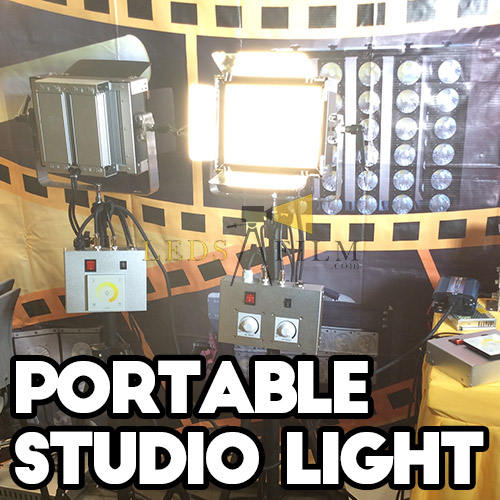
Scene light ratio
In order to produce illumination contrast on the object, the intensity of the main light source is different from that of the auxiliary light source. The ratio between them is the light ratio. The auxiliary light is usually regarded as “1” in this light ratio.
In general, light ratio is used for relatively small subject area, mainly the subject. To maintain the consistency of lighting, as far as the concept of light ratio is concerned, it is very useful to express the mood and order of shooting results.
In low-key scenes, the ratio of main light to auxiliary light is usually higher than that in high-key scenes. For example, for things taken at night, the auxiliary light level may be at least two levels lower than the main light level. The higher the light ratio, the greater the contrast. In contrast, in high-profile scenes, the light intensity of the auxiliary light is closer to the main light intensity, which will produce a relatively flat and small contrast light effect.
In order to determine the light ratio, a light meter is needed to get the reading of the subject facing the main light. The lighting of main light source may be composed of main light and some auxiliary light. Use this reading to compare the reading with the auxiliary light alone. This ratio is called key plus fill to Fill).
If the auxiliary light is not added in the direction of the main light, such a ratio is called the ratio of the main light to the auxiliary light (Key to Fill).
